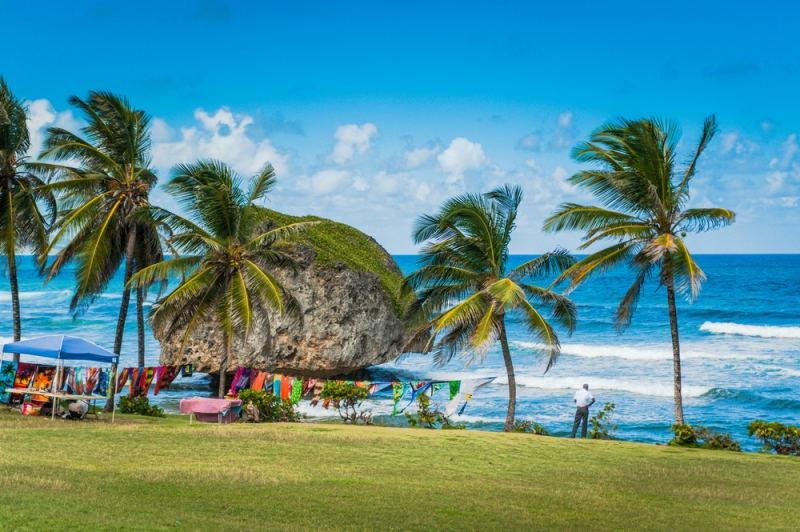Scotland is a treasure that boasts a rich heritage and a plethora of beautiful countryside to explore. In traveling to this unique land, it’s beneficial to read up on the many customs and traditions the Scots follow to understand their incredible history. The locals are extremely friendly, allowing you to expand on the knowledge you gain through conversations that you strike up when passing. One thing to remember is walking by someone without acknowledgment deems bad manners in Scotland.
The number of places to see in Scotland is massive, but the history and facts about the country are just as fascinating. While traveling there, you have the opportunity to stay in a beautiful Scottish cottage accommodation looking out over what is an incredible landscape that is like none other in the world. It is among the top countries to visit, and researching before the trip will enlighten you to its many gifts.
Things To Know Before Traveling To Scotland
There are many historical facts, cultural guidelines to follow, informative tidbits that you should study up on when traveling to various destinations around the world. The idea is to have some inclination as to the unique places to see that aren’t standard tourist attractions and to be able to hold an intelligent conversation with people that you meet. Some conversation starters for your travels may include:
- Scotland’s official animal is the unicorn. Scotland is famous for its interest and belief in the metaphysical and mythical, including ghosts, witches, and the magnificent unicorn.
- The oldest tree in Europe, a twisted Fortingall Yew of 3,000 years old, is in Scotland.
- Eas Chual Aluinn is the name of the tallest waterfall in Britain, which is in Scotland. It stands at 658′ over three times as tall as Niagara Falls.
- There are nearly 790 islands in Scotland.
- Freshwater lakes spanning over 600 square miles are home here.
- The first city worldwide to have a fire brigade of its own was Edinburgh.
- The most significant redhead proportion is in Scotland. These gingers make up approximately 13 percent of the Scots population.
- The Scottish are more likely to be born with blue eyes than any other babies in the remainder of the UK. Scotland’s UK has nearly 57 percent proportion of blue-eyed citizens, which ranks as the highest.
- Imports of haggis have been banned in the United States ever since the 1970s. Follow https://family.lovetoknow.com/cultural-heritage-symbols/scottish-traditions to learn traditions, cultural facts, and customs.
- The world’s tallest hedge makes Scotland home. It is situated on A93 Perth-Blairgowrie Road, which is in Meikleour. It is over 1700′ long and 100′ tall.
- Glasgow is larger than Edinburgh. However, Edinburgh is the capital.
- The Links at St. Andrews is the ‘home of golf.’ Scots invented golf, where they have been playing since the 15th century.
- Everyone has heard of ‘Nessie” but do you know ‘Morag’ of Loch Morar? The massive, elusive female notes attacking two fishers in 1969. The description was of a creature approximately 30′ long, comprising three humps and the head of a snake. She boasts of being more in-depth than Loch Ness at 1000′ in some areas.
- Scotland has the shortest commercial flight worldwide, which is a trip from Westray to Papa Westray in Orkney, which takes all of 47 seconds and consists of approximately 1.5 miles (2.41 km).
- Fittingly, Scotland is home to the invention of the raincoat by Charles Macintosh from Glasgow. With the weather as it is in Scotland, this invention was out of desperation.
- ‘Braveheart’ was, in fact, the nickname for ‘Robert the Bruce’ as opposed to ‘William Wallace’ despite the misstep in the Hollywood film.
- The Scots are, in essence, responsible for our modern world. The world’s first television picture was created by John Logie Baird in 1925, while Scotsman Alexander Graham Bell was responsible for inventing our telephone in 1876. Where would technology be today without these
gentlemen? Find more facts concerning the culture here.

Some of these facts are unusual, a bit strange in some aspects but true and deeply important to the Scottish people. Having this information as a tourist will engage you in some pretty exciting conversations and perhaps teach you some more things you may not know about the lovely country.




